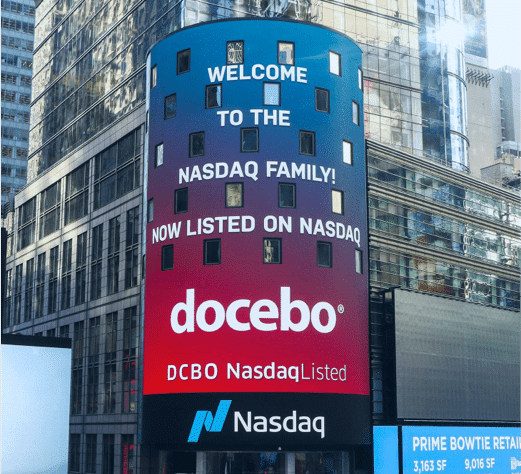
“Broadway and Wall Street” is a 2018 book by Charles River Editors that is part of a series of books on famous streets.
Broadway and Wall Street in Manhattan have rich histories that are deeply intertwined with the growth and evolution of New York City.
Broadway, initially a Native American trail known as the Wickquasgeck Trail, stretched the entire length of Manhattan. When Dutch settlers arrived in the 17th century, they called it “Brede weg,” which eventually morphed into “Broadway” with the advent of English influence. Throughout the 18th and 19th centuries, Broadway evolved significantly. It became a main artery of New York City, famous for its streetlights and as the birthplace of P.T. Barnum’s career at the American Museum. In the 19th century, Broadway saw the emergence of the theater district near Union Square, which by the early 20th century had migrated uptown to Times Square, leading to the Broadway we know today — synonymous with American theater and musicals.
Wall Street, on the other hand, has a different kind of historical significance, rooted in commerce and finance. Its name originates from the 17th century when the Dutch built a wall on the northern edge of New Amsterdam to protect against potential British and Native American attacks. The path along the wall became known as “Wall Street.” By the 19th century, Wall Street was becoming the hub of financial activity, with the establishment of the New York Stock Exchange and other financial institutions. This area became the financial center of the world, a status it maintains to this day. The phrase “Wall Street” has become synonymous with the financial markets and the economic power of the United States.
Together, Broadway and Wall Street paint a picture of New York’s dynamic history, showcasing its transformation from a colonial outpost to a bustling metropolis and epitomizing the cultural and economic heartbeat of the city.
Broadway and Wall Street have been epicenters of significant events, both cultural and financial, throughout Manhattan’s history. Here’s a closer look:
Broadway:
- Cultural Evolution: The 20th century saw the rise of the Broadway theater district, making the street synonymous with theatrical performances and iconic musicals. Landmark theaters opened, including the Winter Garden, the Palace, and the New Amsterdam.
- Cultural Landmarks: The Flatiron Building, one of the city’s most recognizable skyscrapers, stands at Broadway and 23rd Street. Additionally, Columbia University was originally located on Broadway before moving to its current location in Morningside Heights.
- Parades and Public Events: The Macy’s Thanksgiving Day Parade, which began in 1924, travels down parts of Broadway. Before its route changes in 2009, the parade went directly through Times Square.
- Times Square: Originally called Longacre Square, Times Square, located where Broadway crosses Seventh Avenue, became a significant commercial and entertainment hub. The annual New Year’s Eve ball drop here is one of the most iconic events globally.
Wall Street:
- Federal Hall: Located on Wall Street, the original Federal Hall was home to the first Congress, Supreme Court, and Executive Branch offices. It’s also where George Washington took the oath of office as the first President of the United States.
- 1929 Stock Market Crash: Wall Street faced a significant crisis on Black Tuesday (October 29, 1929) when the stock market crashed, leading to the Great Depression.
- 1987 Stock Market Crash: Known as “Black Monday,” on October 19, 1987, the stock markets around the world crashed, shedding a huge value in a very short time.
- September 11, 2001: The World Trade Center, located not far from Wall Street, was a target of terrorist attacks. Though Wall Street wasn’t directly hit, its proximity to Ground Zero profoundly affected it. The New York Stock Exchange (NYSE) was closed until September 17, marking its longest closure since 1933.
- Occupy Wall Street: In 2011, Zuccotti Park, located in the Wall Street area, became the site for the Occupy Wall Street protest movement, advocating against economic inequality.
Both Broadway and Wall Street remain emblematic of New York City’s spirit, representing the city’s cultural and financial hearts, respectively. Their histories have captured the evolution, triumphs, and challenges of the city itself.



 Share
Share Tweet
Tweet Share
Share




Comment